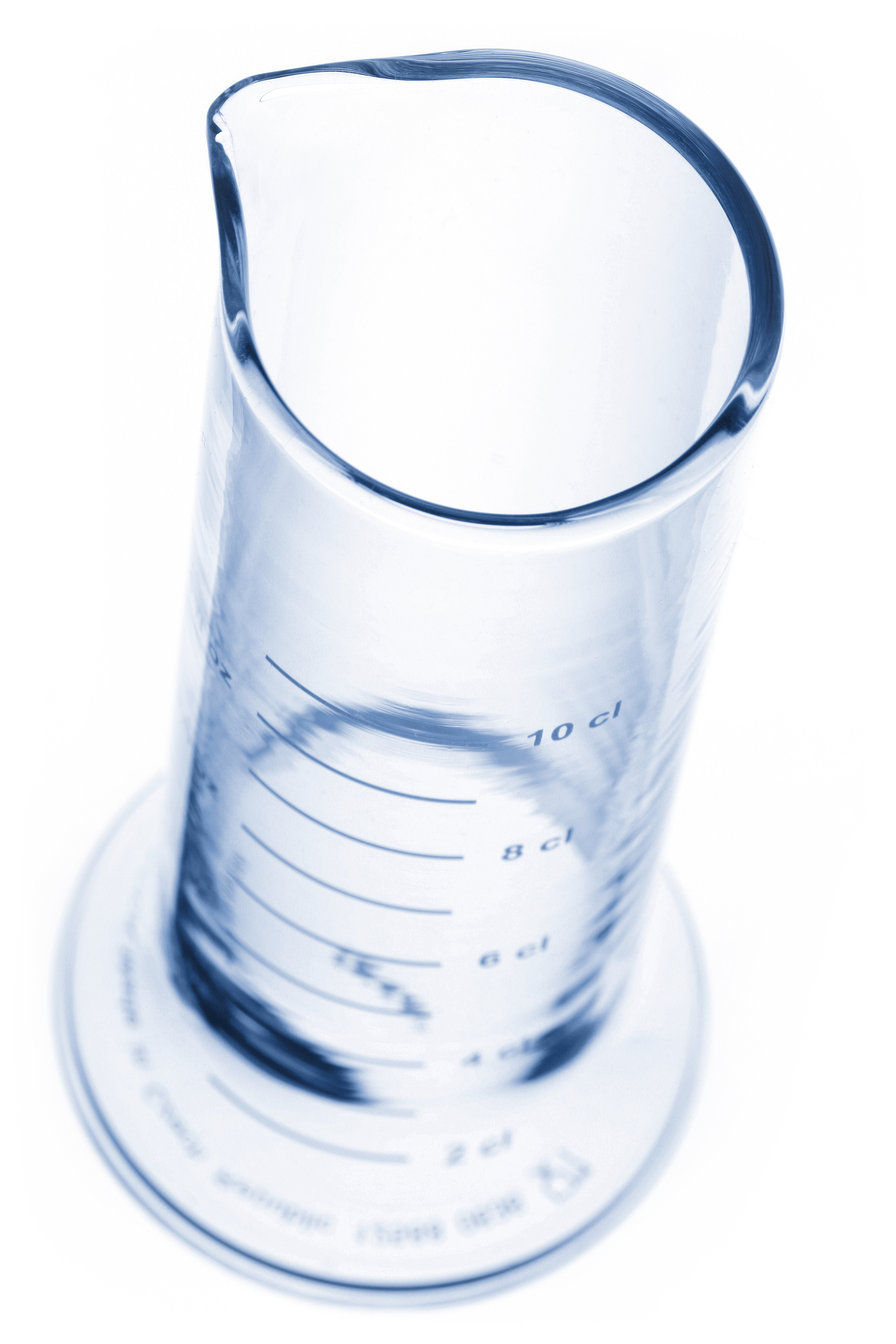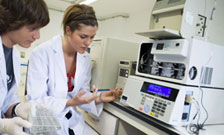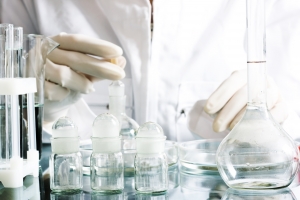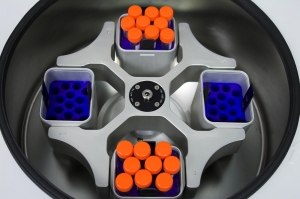September 13, 2018 -- The term “sample preparation” covers a huge range of different applications, techniques, and instruments. However, since the development of sample preparation is growing so quickly, it’s necessary for life science suppliers to focus on the technology’s major areas of growth. Our upcoming Sample Prep report focuses on three of these areas: preparative chromatography, extraction techniques, and nucleic acid preparation.

In this article, we’ll examine where the sample prep is going on a global scale, as well as providing readers useful industry size and growth information. Additionally, there are valuable end-user perspectives from a large body of international scientists. Each of the techniques outlined below are incredibly useful in modern life science research, and many scientists are currently utilizing equipment and consumables related to these areas.
Preparatory Chromatography:
Often scientists find themselves in a situation where they need to separate a gas or mixture by its components since there are often excess compounds or debris that interfere with analysis. These components can be separated due to differences in mass, charge, polarity, and many other characteristics. In each chromatography technique, there is normally a glass column with a silica-based “solid phase” and a “mobile phase” that moves the experimental mixture through the column. The mobile phase and solid phase have different characteristics which cause the mixture to separate into its components.

High-Performance Liquid Chromatography (HPLC) utilizes a liquid mobile phase pumped into a column at high flow rates and primarily involves larger columns and larger particle sizes. Since it produces very specific and pure eluate for further analysis, it’s costlier than less specific methods like extraction.
Low-pressure Liquid Chromatography (LPLC) involves lower flow rates and particle sizes. This technique is comparatively non-destructive and less specific, so it’s often useful when the natural conformation of a mixture component must be maintained.
Flash chromatography utilizes compressed gases to flush the solvent through the column at medium-low pressure. The main advantage of flash chromatography is its speed since it can resolve mixtures in less than 15 minutes.
Supercritical Fluid Chromatography (SFC) employs a supercritical fluid, such as carbon dioxide, instead of a more viscous and hazardous aqueous solvent. This sample preparation technique is primarily used for separating chiral compounds.
Extraction Techniques:
Extraction techniques are used to isolate components from solutions or matrices. The pharmaceutical and cosmetic industry utilize these strategies very often, but it has many applications, including the analysis of blood, soil, pesticides, explosive compounds, fat and additive contents in food, the decaffeination of coffee and tea, extracting essential oils and spices from fruits/vegetables, and the production of organic compounds.

Accelerated/Pressurized Solvent Extraction (ASE) applies high heat and pressure to quickly extract analytes from a solid or semi-solid sample.
Supercritical Fluid Extraction (SFE) is similar to other extraction techniques but uses supercritical fluids as the extraction solvent. This approach is similar to ASE, but it can also be used for liquid extractions.
Solid Phase Extraction (SPE) uses a sorbent-based extraction technique which isolates a compound either dissolved or suspended in a liquid.
Liquid-Liquid Extraction (LLE) is a common extraction technique that relies on two liquids of differing polarities, commonly water and an organic solvent.
Supported-Liquid Extraction (SLE) can be seen as a combination of LLE and SPE. Similar to LLE, there are distinct aqueous and organic phases. However, the aqueous phase is coated onto an inert diatomaceous earth support, similar to a packed SPE column.
Soxhlet Extraction is a technique used to extract analytes from solid or semi-solid samples. A solvent is heated to reflux and it collects the desired compound as it condenses and flows back into a flask.
Acid Digestion involves solid or semi-solid samples like other extraction techniques but uses a slightly different mechanism. Acids and heat are added to a solution, which results in its decomposition into separate components.
Protein Precipitation is used exclusively to purify or concentrate proteins. Chemicals are added to a mixture in order to generate a precipitate that contains the desired protein.
Nucleic Acid Preparation:
Nucleic acids are composed of a series of nucleotides which contain a nitrogenous base, a five-carbon sugar, and at least one phosphate group. Nucleic acids make up DNA and RNA, so isolating these compounds are crucial to genetic analysis.

Resin/Column Based Purification often utilizes a silica gel solid phase, while centrifugation or vacuum materials are used to push solutions through the column. A major disadvantage of this technique is that it can be unnecessarily harsh on the building blocks of nucleic acids.
Magnetic Bead-Based Purification operates more gently and has higher recovery efficiency since there is no usage of vacuums or centrifugation. Silica-coated, magnetic beads bind the nucleic acids in a column and are positioned on the side of the column using a magnet. Following a wash, the nucleic acid components are eluted from the beads.
With knowledge about many of the types of sample preparation used by life scientists in their work, instrument and consumable suppliers can create specific products to aid workflows or alleviate customer pain points associated with a particular technique. Which of these tools and techniques do you use in your research? Write us your thoughts in the comments below.
Copyright © 2018 scienceboard.net


